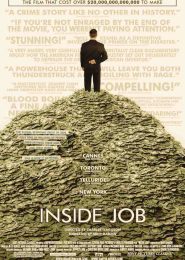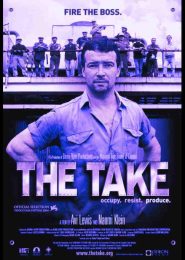Secret History of the Credit Card (2004)
In the 2004 documentary Secret History of the Credit Card, FRONTLINE® and The New York Times delve into an industry that remains shrouded in mystery for many Americans. Correspondent Lowell Bergman takes viewers on a revealing journey, uncovering the techniques employed by credit card companies to rake in record profits while enticing consumers to shoulder more debt.
The allure of plastic money, with its almost magical convenience, fuels our consumer-driven economy. With over 641 million credit cards circulating and accounting for an estimated $1.5 trillion in consumer spending, the United States has undeniably embraced the plastic revolution. For some families, credit cards serve as a discreet lifeline during financial hardships. But others, like actor and author Ben Stein, use them purely for convenience, paying off their balances in full each month. These responsible users, however, are not the industry’s primary targets.
Meet the “revolvers”: approximately 115 million Americans who carry monthly credit card debt. These individuals represent the sweet spot for the banking industry, as their revolving balances generate substantial profits. Over the past decade, the average credit card debt among American households has more than doubled, with families now owing around $8,000 on their cards. This debt surge has translated into record profits for credit card companies, exceeding $30 billion before taxes last year.
The profitability of credit cards traces back to deregulation and technological advancements. Twenty-five years ago, the banking industry successfully eliminated a critical restriction: the cap on interest rates lenders could charge borrowers. Coupled with real-time tracking of personal financial data and nationwide banking, credit cards became widely accessible across the economic spectrum. However, the true cost of credit often exceeds what meets the eye.
Harvard Law Professor Elizabeth Warren asserts that credit card companies mislead consumers and craft their own rules. Their commercials may sport smiley faces and low introductory rates, but hidden traps lurk in the fine print. The absence of federal laws governing interest rates or fees allows credit cards to become the most profitable sector of the American banking industry. This documentary sheds light on an industry rife with consumer complaints, fueled by policies consumers don’t fully comprehend, irresponsible credit usage, and unscrupulous companies that tarnish the entire field. Regulators, too, often fail to hold these bad apples accountable.
In summary, Secret History of the Credit Card unveils the intricate web of profit, debt, and consumer vulnerability woven by an industry that shapes our financial landscape.




